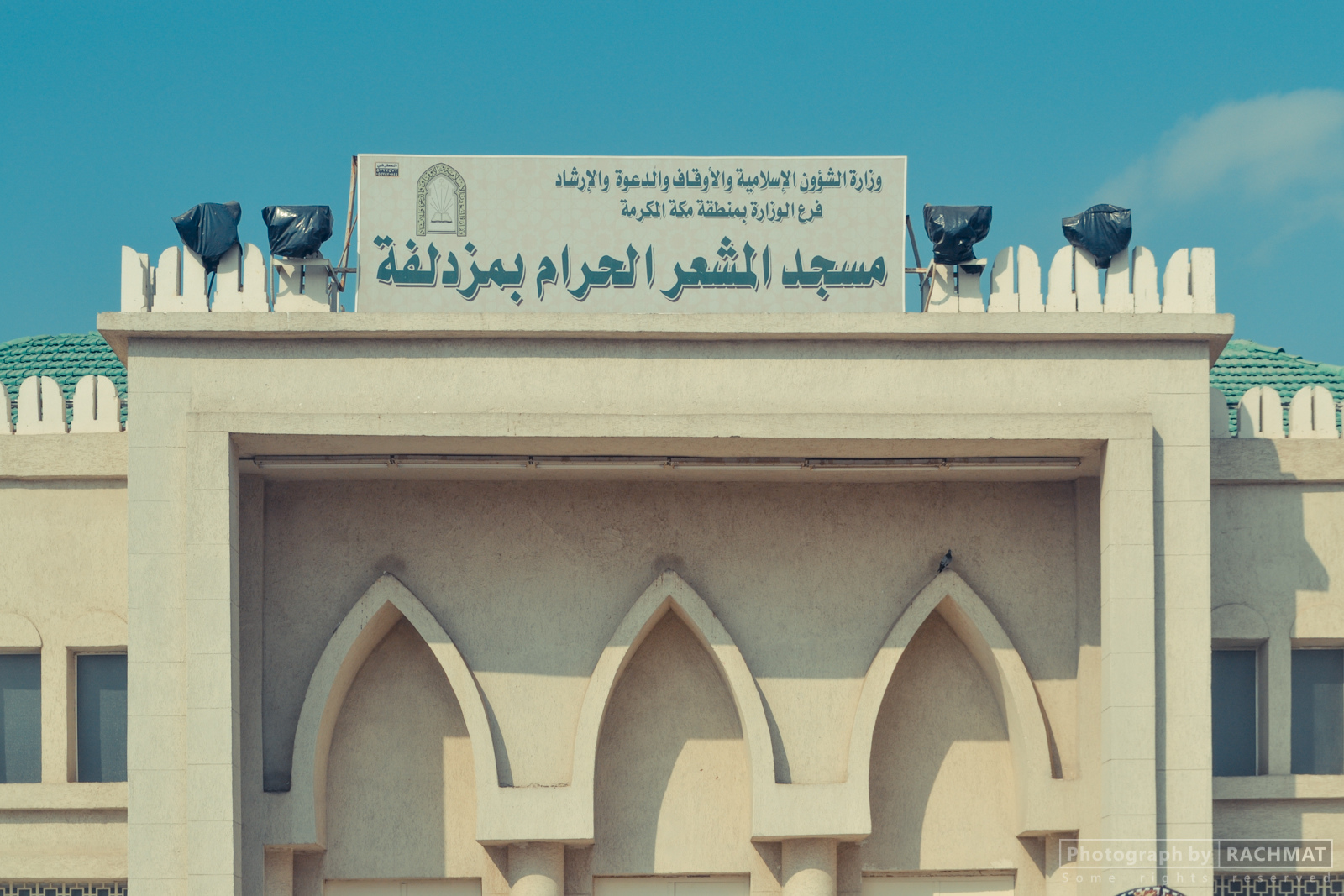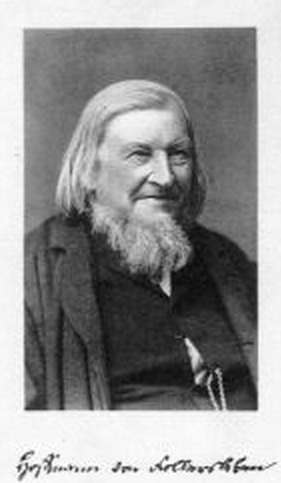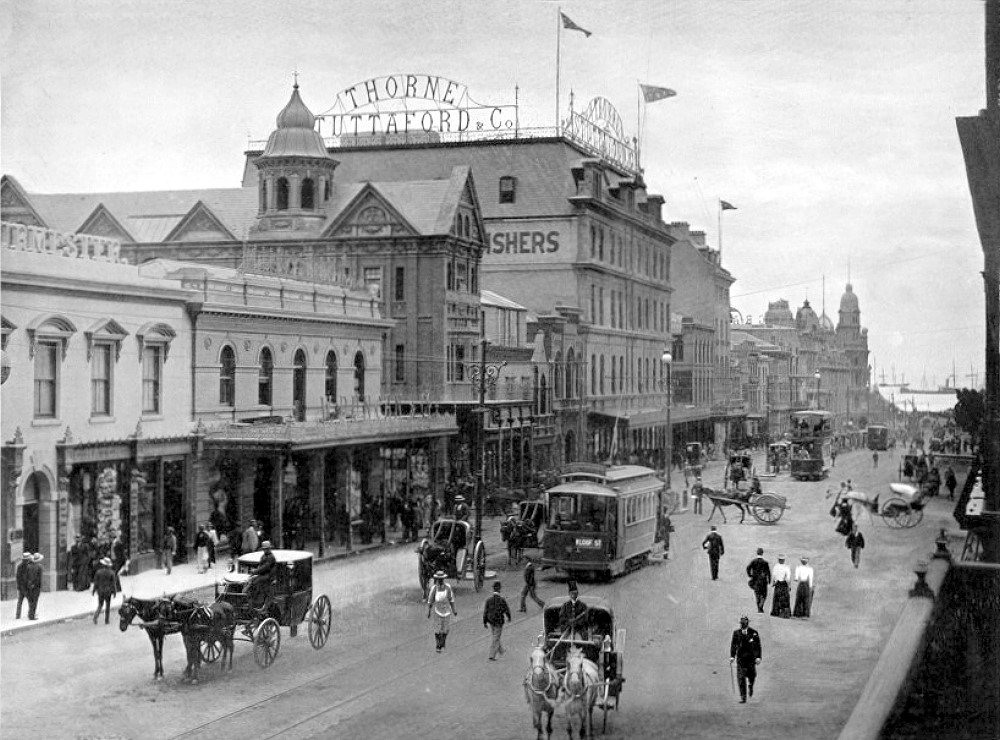|
Auwal Mosque
The Auwal Mosque, alternatively spelled Awwal, Owal or Owwal, is a mosque in the Bo-Kaap neighbourhood of Cape Town, South Africa, recognised as the first mosque established in the country. It was constructed in 1794 during the first British occupation of the Cape on land belonging to Coridon van Ceylon, a Vryezwarten (freed Black Muslim slave). Coridon's daughter, Saartjie van de Kaap, inherited the property that was being used as a warehouse, and donated it for the use as South Africa's first mosque. The mosque was constructed in 1794 with renovations done in 1907 and extensive renovations done in 1936. It is the first mosque to observe public prayers and is where Cape Muslim traditions and the Arabic-Afrikaans language were first taught. It remains a symbol for Muslims of the recognition of Islam and the freedom of slaves to worship. Qadi Abdussalam, affectionately known as Tuan Guru, was appointed the first imam. Tuan Guru was a religious leader and political prisoner. Whil ... [...More Info...] [...Related Items...] OR: [Wikipedia] [Google] [Baidu] |
List Of First Mosques By Country
The designation of the oldest mosques in the world requires careful use of definitions, and must be divided into two parts, the oldest in the sense of oldest surviving building, and the oldest in the sense of oldest mosque congregation. Even here, there is the distinction between old mosque buildings that have been in continuous use as mosques, and those that have been converted to other purposes; and between buildings that have been in continuous use as mosques and those that were shuttered for many decades. In terms of congregations, they are distinguished between early established congregations that have been in continuous existence, and early congregations that ceased to exist. Note that the major regions, such as Africa and Eurasia, are sorted alphabetically, whereas the minor regions, such as, and Arabia and South Asia, are sorted by the dates in which their first mosques were reportedly established, more or less, barring those that are mentioned by name in the Quran. To be ... [...More Info...] [...Related Items...] OR: [Wikipedia] [Google] [Baidu] |
Bo-Kaap
The Bo-Kaap (lit. "above the Cape" in Afrikaans) is an area of Cape Town, South Africa formerly known as the Malay Quarter. It is a former racially segregated area, situated on the slopes of Signal Hill above the city centre and is a historical centre of Cape Malay culture in Cape Town. The Nurul Islam Mosque, established in 1844, is located in the area. Bo-Kaap is known for its brightly coloured homes and cobble stoned streets. The area is traditionally a multicultural neighbourhood, and 56.9% of its population identify as Muslim. According to the South African Heritage Resources Agency, the area contains the largest concentration of pre-1850 architecture in South Africa, and is the oldest surviving residential neighborhood in Cape Town. History In 1760 Jan de Waal bought a block of land at the foot of Signal Hill, between Dorp and Wale Streets. A year later he obtained an adjacent parcel, extending his holding to Rose/Chiappini/Shortmarket Street. Starting in 1763, de Waal b ... [...More Info...] [...Related Items...] OR: [Wikipedia] [Google] [Baidu] |
Palm Tree Mosque
Palm Tree Mosque, or the Church of Jan van Bougies, or the Dadelboom Mosque, is a former residence and current mosque in Long Street, Cape Town, South Africa. It is the oldest substantially unaltered building in Long Street. The building stands on land once owned by Hermanus Smuts, south-west of a block of land granted to him in 1751. The grant was bounded by Long, Leeuwen and Keerom Streets. After his wife died in 1754, portions of the property were sold off. At the time the property had stables on it. It was purchased by one J. M. Vogel and again, after Vogel's death in 1777, by Baron Willem Ferdinand van Reede van Oudtshoorn. In 1782 it was transferred to one of his sons. Successive owners were Daniel Hugo (1785), Daniel Krynauw (1786) and Carel Lodewijk Schot (1787). Schot went bankrupt, but is probably responsible for building the first residence in about 1788. The property was bought by J. P. Roux in 1790. Freed slaves Jan van Bougies and Frans van Bengalen bought the pro ... [...More Info...] [...Related Items...] OR: [Wikipedia] [Google] [Baidu] |
18th-century Mosques
The 18th century lasted from January 1, 1701 ( MDCCI) to December 31, 1800 ( MDCCC). During the 18th century, elements of Enlightenment thinking culminated in the American, French, and Haitian Revolutions. During the century, slave trading and human trafficking expanded across the shores of the Atlantic, while declining in Russia, China, and Korea. Revolutions began to challenge the legitimacy of monarchical and aristocratic power structures, including the structures and beliefs that supported slavery. The Industrial Revolution began during mid-century, leading to radical changes in human society and the environment. Western historians have occasionally defined the 18th century otherwise for the purposes of their work. For example, the "short" 18th century may be defined as 1715–1789, denoting the period of time between the death of Louis XIV of France and the start of the French Revolution, with an emphasis on directly interconnected events. To historians who expand ... [...More Info...] [...Related Items...] OR: [Wikipedia] [Google] [Baidu] |
1798 Establishments In The Cape Colony
Events January–June * January – Eli Whitney contracts with the U.S. federal government for 10,000 muskets, which he produces with interchangeable parts. * January 4 – Constantine Hangerli enters Bucharest, as Prince of Wallachia. * January 22 – A coup d'état is staged in the Netherlands ( Batavian Republic). Unitarian Democrat Pieter Vreede ends the power of the parliament (with a conservative-moderate majority). * February 10 – The Pope is taken captive, and the Papacy is removed from power, by French General Louis-Alexandre Berthier. * February 15 – U.S. Representative Roger Griswold (Fed-CT) beats Congressman Matthew Lyon (Dem-Rep-VT) with a cane after the House declines to censure Lyon earlier spitting in Griswold's face; the House declines to discipline either man.''Harper's Encyclopaedia of United States History from 458 A. D. to 1909'', ed. by Benson John Lossing and, Woodrow Wilson (Harper & Brothers, 1910) p171 * March – ... [...More Info...] [...Related Items...] OR: [Wikipedia] [Google] [Baidu] |
Religious Buildings And Structures Completed In 1794
Religion is usually defined as a social-cultural system of designated behaviors and practices, morals, beliefs, worldviews, texts, sanctified places, prophecies, ethics, or organizations, that generally relates humanity to supernatural, transcendental, and spiritual elements; however, there is no scholarly consensus over what precisely constitutes a religion. Different religions may or may not contain various elements ranging from the divine, sacred things, faith,Tillich, P. (1957) ''Dynamics of faith''. Harper Perennial; (p. 1). a supernatural being or supernatural beings or "some sort of ultimacy and transcendence that will provide norms and power for the rest of life". Religious practices may include rituals, sermons, commemoration or veneration (of deities or saints), sacrifices, festivals, feasts, trances, initiations, funerary services, matrimonial services, meditation, prayer, music, art, dance, public service, or other aspects of human culture. Religions have sa ... [...More Info...] [...Related Items...] OR: [Wikipedia] [Google] [Baidu] |
Mosques In Cape Town
A mosque (; from ar, مَسْجِد, masjid, ; literally "place of ritual prostration"), also called masjid, is a place of prayer for Muslims. Mosques are usually covered buildings, but can be any place where prayers (sujud) are performed, including outdoor courtyards. The first mosques were simple places of prayer for Muslims, and may have been open spaces rather than buildings. In the first stage of Islamic architecture, 650-750 CE, early mosques comprised open and closed covered spaces enclosed by walls, often with minarets from which calls to prayer were issued. Mosque buildings typically contain an ornamental niche (''mihrab'') set into the wall that indicates the direction of Mecca (''qiblah''), ablution facilities. The pulpit (''minbar''), from which the Friday (jumu'ah) sermon (''khutba'') is delivered, was in earlier times characteristic of the central city mosque, but has since become common in smaller mosques. Mosques typically have segregated spaces for men and ... [...More Info...] [...Related Items...] OR: [Wikipedia] [Google] [Baidu] |
Islam In South Africa
Islam in South Africa is a minority religion, practised by roughly 1.6% of the total population. Islam in South Africa has grown in three phases. The first phase brought the earliest Muslims as part of the involuntary migration of slaves, artisans, political prisoners, and political exiles from the Dutch East Indies (Indonesia) that lasted from about 1652 to the mid-1800s. The second phase was the arrival of indentured labourers from British India to work in the sugar-cane fields in Natal between 1860 and 1868, and again from 1874 to 1911. Of the approximately 176,000 Indians of all faiths who were transported to the Natal province, almost 7–10% of the first shipment were Muslims. The third phase has been marked by a wave of African Muslims following the end of apartheid in 1994. Recent figures put the number of these immigrants at approximately at between 75,000 and 100,000. In addition, a considerable number of Muslims from South Asia have also arrived as economic migr ... [...More Info...] [...Related Items...] OR: [Wikipedia] [Google] [Baidu] |
Madrassah
Madrasa (, also , ; Arabic: مدرسة , pl. , ) is the Arabic word for any type of educational institution, secular or religious (of any religion), whether for elementary instruction or higher learning. The word is variously transliterated '' Madrasah arifah'', ''medresa'', ''madrassa'', ''madraza'', ''medrese'', etc. In countries outside the Arab world, the word usually refers to a specific type of religious school or college for the study of the religion of Islam, though this may not be the only subject studied. In an architectural and historical context, the term generally refers to a particular kind of institution in the historic Muslim world which primarily taught Islamic law and jurisprudence (''fiqh''), as well as other subjects on occasion. The origin of this type of institution is widely credited to Nizam al-Mulk, a vizier under the Seljuks in the 11th century, who was responsible for building the first network of official madrasas in Iran, Mesopotamia, and Khorasan. ... [...More Info...] [...Related Items...] OR: [Wikipedia] [Google] [Baidu] |
Cape Town, South Africa
Cape Town ( af, Kaapstad; , xh, iKapa) is one of South Africa's three capital cities, serving as the seat of the Parliament of South Africa. It is the legislative capital of the country, the oldest city in the country, and the second largest (after Johannesburg). Colloquially named the ''Mother City'', it is the largest city of the Western Cape province, and is managed by the City of Cape Town metropolitan municipality. The other two capitals are Pretoria, the executive capital, located in Gauteng, where the Presidency is based, and Bloemfontein, the judicial capital in the Free State, where the Supreme Court of Appeal is located. Cape Town is ranked as a Beta world city by the Globalization and World Cities Research Network. The city is known for its harbour, for its natural setting in the Cape Floristic Region, and for landmarks such as Table Mountain and Cape Point. Cape Town is home to 66% of the Western Cape's population. In 2014, Cape Town was named the best place i ... [...More Info...] [...Related Items...] OR: [Wikipedia] [Google] [Baidu] |
Imam
Imam (; ar, إمام '; plural: ') is an Islamic leadership position. For Sunni Muslims, Imam is most commonly used as the title of a worship leader of a mosque. In this context, imams may lead Islamic worship services, lead prayers, serve as community leaders, and provide religious guidance. Thus for Sunnis, anyone can study the basic Islamic sciences and become an Imam. For most Shia Muslims, the Imams are absolute infallible leaders of the Islamic community after the Prophet. Shias consider the term to be only applicable to the members and descendents of the '' Ahl al-Bayt'', the family of the Islamic prophet Muhammad. In Twelver Shiasm there are 14 infallibles, 12 of which are Imams, the final being Imam Mahdi who will return at the end of times. The title was also used by the Zaidi Shia Imams of Yemen, who eventually founded the Mutawakkilite Kingdom of Yemen (1918–1970). Sunni imams Sunni Islam does not have imams in the same sense as the Shi'a, an import ... [...More Info...] [...Related Items...] OR: [Wikipedia] [Google] [Baidu] |
Arabic Afrikaans
Arabic Afrikaans (, ) or Lisan-e-Afrikaans () was a form of Afrikaans written in Arabic script. It began in the 1830s in the madrasa in Cape Town. Beside a 16th-century manuscript in the German language written with Arabic script, it is the only Germanic language known to have been written in an Arabic script. Letters Overview The Arabic Afrikaans ( af, alifbe ) is a variant of the Arabic alphabet used to write Afrikaans. It consists of 36 letters: ''Note:'' This alphabet is the Persian form of the Arabic alphabet, with 36 letters, including extra letters for sounds that are not in the Arabic alphabet. Vowels Phonology Consonants Texts Seventy-four Arabic Afrikaans texts are extant. The earliest, the "Hidyat al-Islam", is dated 1845, though its source manuscript no longer exists. The oldest surviving manuscript, which describes the basic Islamic learning, was written by the imam Abdul-Kahhar ibn Abdul-Malik in 1868. The most professional version was written in 1 ... [...More Info...] [...Related Items...] OR: [Wikipedia] [Google] [Baidu] |





.jpg)



